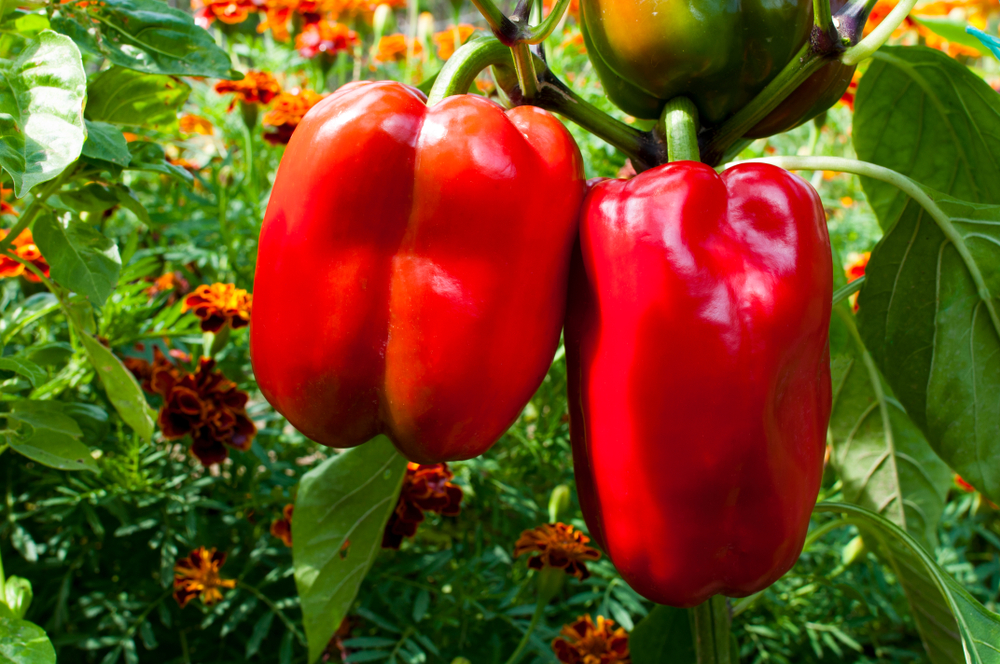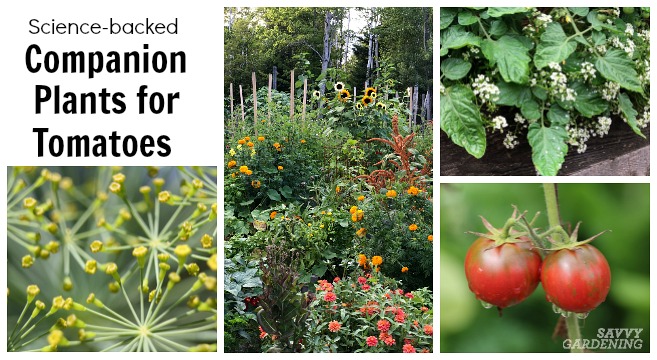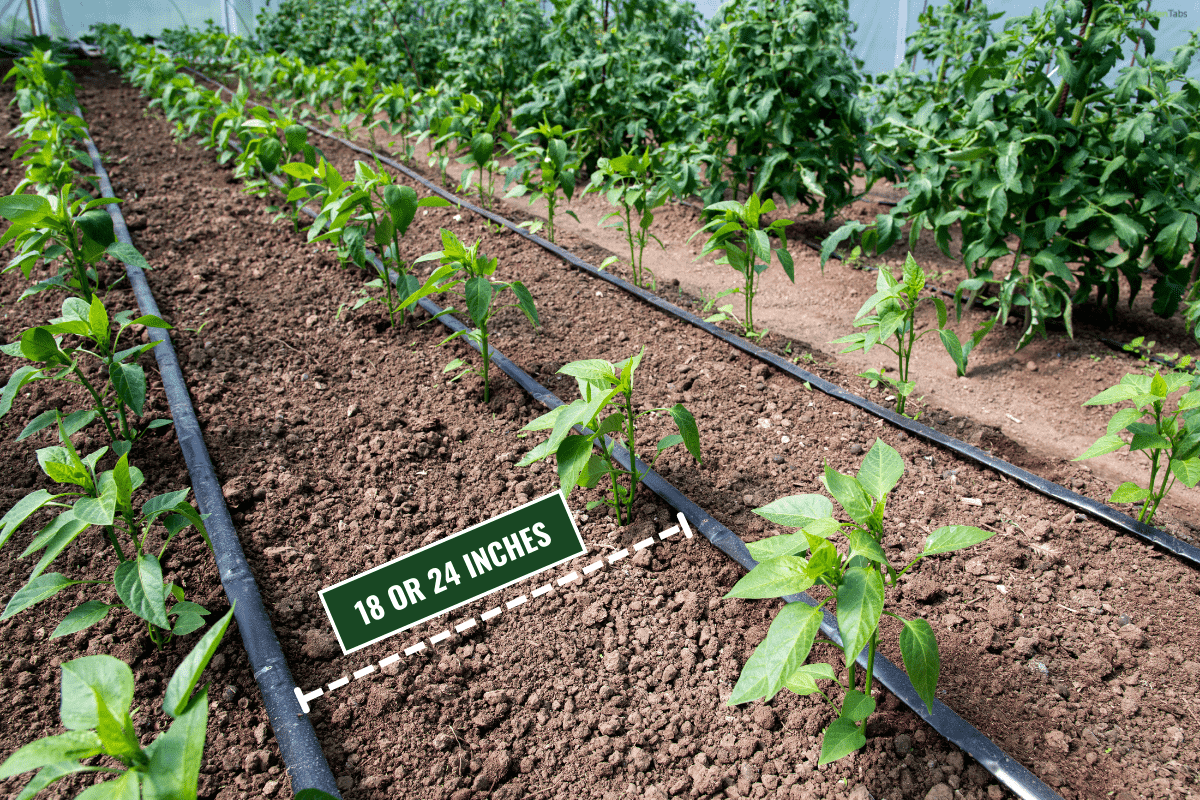Can You Plant Tomatoes And Peppers Together
Tomatoes and peppers are two of the most popular vegetables to grow in home gardens. They are both relatively easy to care for and can be productive in a variety of climates. But can you plant tomatoes and peppers together?
The short answer is yes, you can plant tomatoes and peppers together. In fact, there are several benefits to doing so.
Benefits of Planting Tomatoes and Peppers Together
- Maximizing yields from a small space. Tomatoes and peppers are both relatively tall plants, so they can be planted together to maximize the use of vertical space in your garden. This is especially important if you have a small garden or patio.
- Optimizing soil conditions. Tomatoes and peppers have similar soil requirements, so they can help to improve the overall health of your soil. Both plants prefer well-drained soil that is rich in organic matter.
- Concentrating water and nutrient needs. Tomatoes and peppers are both heavy feeders, so they will benefit from being planted together. This is because they will be competing for the same nutrients and water, which will help to keep them healthy.
- Attracting the same pollinators. Tomatoes and peppers both attract beneficial insects, such as bees and butterflies. These insects help to pollinate the plants, which leads to a better harvest.
Potential Challenges
While there are many benefits to planting tomatoes and peppers together, there are a few potential challenges that you should be aware of.
- Diseases. Tomatoes and peppers are both susceptible to a number of common diseases, such as verticillium wilt and bacterial spot. If you plant them too close together, the diseases can spread from one plant to the other. To reduce the risk of disease, it is important to space your plants properly and to rotate your crops each year.
- Nutrient deficiencies. If your soil is not rich in nutrients, your tomatoes and peppers may not thrive. To prevent nutrient deficiencies, you should amend your soil with compost or other organic matter before planting. You may also need to fertilize your plants regularly throughout the growing season.
- Pests. Tomatoes and peppers are both susceptible to a variety of pests, such as aphids, whiteflies, and spider mites. To control pests, you can use insecticidal soap, neem oil, or other natural pesticides. You can also attract beneficial insects, such as ladybugs and lacewings, to help control pests.
Overall, planting tomatoes and peppers together can be a great way to maximize the space in your garden and to improve the health of your plants. However, it is important to be aware of the potential challenges and to take steps to prevent them.
Tomatoes and peppers are two popular vegetables that can be grown together in the same garden. While there are some concerns that planting these two plants together can increase the risk of disease, there are also many benefits to companion planting tomatoes and peppers. For example, tomatoes and peppers can help to attract beneficial insects to the garden, and they can also help to improve soil drainage.
If you are considering planting tomatoes and peppers together in your garden, there are a few things you need to keep in mind. First, make sure that you plant the two plants at least 2 feet apart to allow for adequate airflow. Second, choose disease-resistant varieties of tomatoes and peppers to reduce the risk of disease transmission. Finally, rotate your crops annually to help prevent the build-up of soil-borne diseases.
For more information about planting tomatoes and peppers together, please visit Home Gardening.
FAQ of planting tomatoes and peppers together
- Can I plant tomatoes and peppers together?
Yes, tomatoes and peppers can be planted together. They have similar growing requirements, such as full sun and well-drained soil. However, it is important to plant them in the same row, as they will both need support as they grow. You should also space them at least 2 feet apart to allow for good air circulation.
- Do tomatoes and peppers need the same fertilizer?
Yes, tomatoes and peppers need the same fertilizer. A balanced fertilizer, such as 10-10-10, is ideal for both plants. You should fertilize them every 4-6 weeks during the growing season.
- How often do I water tomatoes and peppers?
Tomatoes and peppers need regular watering, especially during hot, dry weather. Water them deeply once a week, or more often if the weather is hot and dry.
- What are some common pests and diseases that affect tomatoes and peppers?
Tomatoes and peppers are susceptible to a number of pests and diseases, including:
* Tomato hornworms: These large, green caterpillars can devour tomato plants quickly. You can handpick them or use an insecticidal soap to control them.
* Squash bugs: These black and orange bugs suck the sap from tomato and pepper plants, causing them to wilt and die. You can control them with insecticidal soap or neem oil.
* Bacterial spot: This disease causes brown spots on tomato and pepper leaves. It can be spread by splashing water, so it is important to water your plants at the base. There is no cure for bacterial spot, but you can remove and destroy infected leaves to prevent the spread of the disease.
- How can I harvest tomatoes and peppers?
Tomatoes and peppers are ready to harvest when they are ripe. Tomatoes should be a deep red or orange color, and peppers should be firm and bright in color. You can harvest tomatoes and peppers by cutting them off the vine with a sharp knife.
Image of planting tomatoes and peppers together
10 different images of planting tomatoes and peppers together that are free to use:
- Tomatoes and peppers planted in a raised bed. The tomatoes are on the left and the peppers are on the right. They are both getting plenty of sunlight and the soil is well-drained.

- Tomatoes and peppers planted in a container garden. The tomatoes are in the larger container and the peppers are in the smaller container. They are both watered regularly and fertilized with a balanced fertilizer.

- Tomatoes and peppers planted in a hoop house. The hoop house provides protection from the wind and rain, which can help to improve the yield of both crops.

- Tomatoes and peppers planted in a row in the garden. The tomatoes are spaced 2 feet apart and the peppers are spaced 18 inches apart. They are both getting plenty of sunlight and the soil is well-drained.

- Tomatoes and peppers planted in a square foot garden. Each plant has its own square foot of space. This allows the plants to grow to their full potential and prevents them from competing for resources.

- Tomatoes and peppers planted in a companion planting scheme. Tomatoes and peppers are good companion plants because they have different pest and disease problems. This helps to protect both crops from pests and diseases.

- Tomatoes and peppers planted with a living mulch. A living mulch is a layer of plants that is planted around other plants. The living mulch helps to suppress weeds, conserve moisture, and improve the soil quality.

- Tomatoes and peppers planted with a drip irrigation system. A drip irrigation system helps to conserve water and deliver water directly to the roots of the plants. This helps to prevent the leaves of the plants from getting wet, which can help to reduce the spread of diseases.

- Tomatoes and peppers planted with a trellis. A trellis helps to support the growth of the tomato plants and allows the peppers to grow taller. This can help to improve the yield of both crops.

- Tomatoes and peppers harvested from the garden. The tomatoes are ripe and red and the peppers are red, green, and yellow. They are all ready to be eaten or preserved.

Post a Comment for "Can You Plant Tomatoes And Peppers Together"